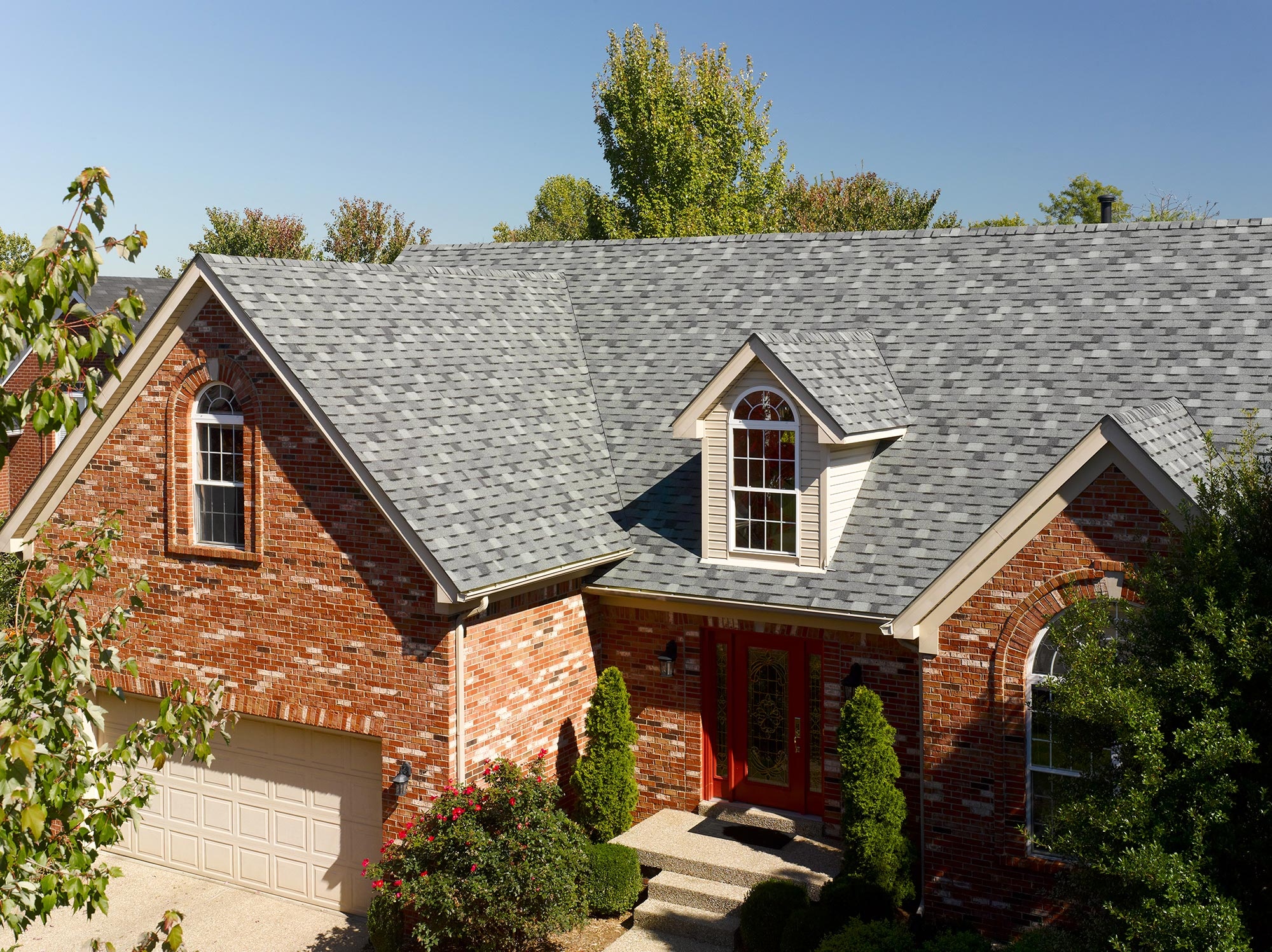Canada’s housing landscape is as diverse as its people—multi-level suburban homes, narrow townhouses, urban infills, and sloped hillside properties. While these designs offer beauty, space, and character, they also create one major challenge: accessibility. For thousands of Canadians, navigating stairs becomes difficult due to age, injury, disability, or simply the practical limitations of daily life in a vertical home.
This is exactly where residential elevators are stepping in as a modern, life-enhancing solution. No longer seen as luxury amenities, residential lifts are becoming essential upgrades that improve mobility, safety, comfort, and long-term livability.
Let’s explore the key accessibility challenges faced in Canadian homes—and how house elevators are transforming the way families live.
1. Canada’s Multi-Level Homes Aren’t Always Mobility-Friendly
Across provinces like Ontario, British Columbia, Alberta, and Quebec, multi-level homes are the norm rather than the exception. These homes maximize space in growing cities, but they also come with steep staircases, narrow hallways, and multiple floors.
For many residents, stairs are not just inconvenient—they’re a barrier.
Common mobility challenges include:
-
Difficulty climbing stairs due to age-related limitations
-
Recovering from surgeries or injuries
-
Managing chronic joint, muscle, or neurological conditions
-
Navigating tight staircases in older homes
-
Caring for elderly family members with reduced mobility
This is why homeowners across the country are turning to residential elevators as a practical solution for safe and effortless movement between floors.
2. Aging Population Means Accessibility Matters More Than Ever
Canada is aging—fast. According to national data, one in five Canadians is now over the age of 65, and this number continues to rise. Families are beginning to plan their homes with long-term accessibility in mind.
Why?
-
Many seniors want to age in place
-
Assisted living facilities are expensive
-
Multi-generational homes are becoming more common
-
Safety concerns around stairs are increasing
A fall on the stairs is one of the leading causes of injury among seniors. Installing residential lifts eliminates this risk, allowing individuals to remain independent in their own homes for years longer.
3. Renovation Limitations in Older Canadian Houses
Many Canadian homes built in the 1970s–1990s weren’t designed with accessibility concerns in mind. Narrow corridors, steep stairs, and limited space make conventional retrofitting extremely challenging.
Wheelchair ramps are often impossible to install due to space constraints or sloped lots.
Stairlifts, while useful in some cases, present limitations:
-
They don’t transport multiple people
-
They can’t move heavy items like groceries, luggage, or laundry
-
They’re not ideal for individuals with advanced mobility challenges
-
They visually disrupt home aesthetics
Modern house elevators provide a cleaner, safer, and more versatile alternative—especially compact, shaftless models specifically designed for retrofit installations.
4. Weather-Related Challenges: Ice, Snow & Outdoor Mobility Issues
In many Canadian provinces, weather directly impacts home accessibility. Snowy steps, icy sidewalks, and frozen ramps create dangerous conditions for anyone with mobility concerns.
Inside the home, however, climate control makes vertical travel safe and comfortable. Residential elevators ensure that homeowners avoid slippery indoor stairs in winter—reducing fall risks significantly.
5. Supporting Families With Special Needs or Disabilities
For families with children or adults who have physical disabilities, navigating multiple floors can be exhausting or impossible.
Residential lifts provide:
-
Barrier-free access
-
Space for wheelchairs, walkers, or mobility scooters
-
A safe way for caregivers to assist individuals
-
Independence for family members who would otherwise rely on others
Instead of modifying every floor to accommodate accessibility needs, a single residential elevator offers complete home access.
6. Enhancing Everyday Convenience—Not Just Accessibility
Even for homeowners without mobility limitations, house elevators improve everyday living:
-
Carry groceries, boxes, or laundry between floors
-
Move furniture without navigating tight staircases
-
Provide a safe way for kids or elderly parents to move around
-
Support multi-level home design without accessibility worries
Homeowners increasingly see elevators not just as medical necessities—but as future-proof lifestyle upgrades.
7. Residential Elevators: The Modern, Space-Saving Solution
Modern residential lifts are compact, efficient, and architecturally elegant. Unlike old hydraulic systems that required large shafts and machinery, today’s designs fit seamlessly into most home layouts.
Why modern homeowners prefer them:
-
No major structural reconstruction
-
No machine room
-
No large pit or hoistway
-
Quick installation
-
Clean, quiet operation
These features make house elevators ideal for both new homes and retrofits.
8. Long-Term Value and Future-Proofing Canadian Homes
As homebuyers become more educated about accessibility, properties with built-in mobility features stand out. Adding a residential elevator:
-
Increases resale value
-
Expands the potential buyer pool
-
Makes the home future-ready
-
Positions the property for multi-generational living
For families planning long-term stays, this upgrade is both a functional and financial investment.
9. Aesthetics & Design Matter to Canadian Homeowners
Today’s residential elevators are not bulky machines—they are design statements.
Homeowners love features such as:
-
Glass cabins
-
Panoramic visibility
-
Sleek, modern profiles
-
Soft lighting
-
Quiet operation
-
Customizable finishes
An elevator can now blend into the interior décor or become a stylish centerpiece—without compromising design.
Conclusion
Accessibility challenges are a growing concern in Canadian homes, but modern technology offers a transformational solution. Residential elevators—once considered luxury additions—are now essential tools that support independence, safety, convenience, and long-term comfort.
From aging-in-place to multi-level convenience and disability support, residential lifts address nearly every mobility challenge Canadian families face at home. With compact designs, quick installation, and elegant aesthetics, house elevators are redefining how Canadians experience home accessibility.

